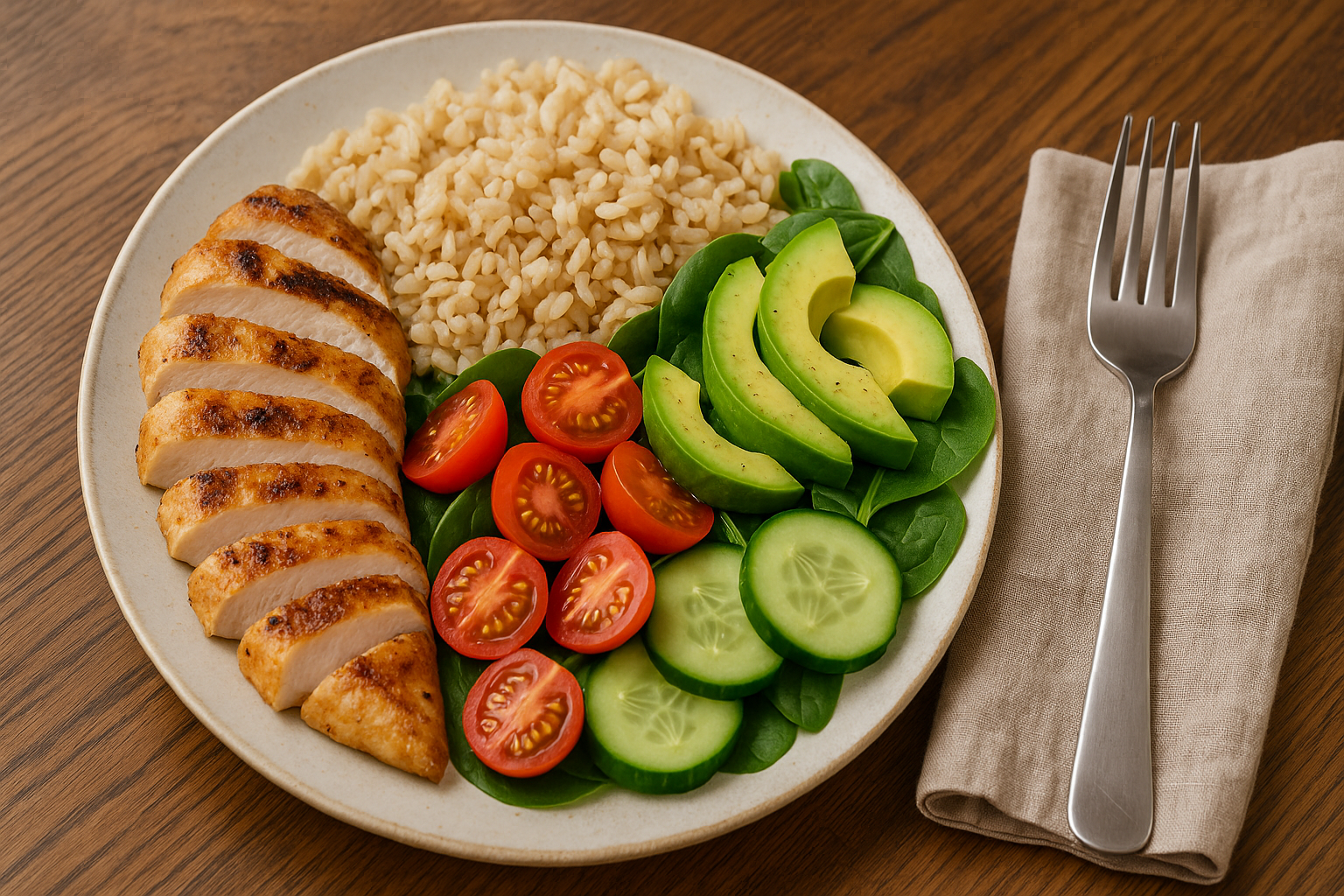Macros Made Simple: How to Fuel for Performance and Recovery


Macronutrients—protein, carbohydrates, and fats—are the building blocks of performance, recovery, and long-term health.
When dialed in, your macros don’t just affect body composition. They determine how well you train, recover, and perform day to day.
Calories are your energy supply, but macros determine how that energy is used.
When you fuel your body with the right balance of protein, carbs, and fats:
Dialed-in macros don’t just change how you look—they change how you move and feel.
Role: Builds and repairs muscle, supports enzymes and hormones, and preserves lean tissue during fat loss.
How much: 1.6–2.2 g per kg of bodyweight per day for most active adults.
Sources: Chicken, fish, eggs, Greek yogurt, whey protein, beans, tofu.
Without enough protein, your body struggles to recover. You’ll risk losing lean mass, slowing your metabolism, and blunting strength gains.
Protein drives progress. Make it the anchor of every meal.
Role: Your body’s preferred energy source for high-intensity training. Carbs replenish glycogen in muscles and the liver, keeping you fueled for both strength and conditioning.
How much: 3–6 g per kg of bodyweight depending on your training volume and goals.
Sources: Rice, potatoes, oats, fruit, whole grains, vegetables.
Carbs aren’t the enemy—they’re the fuel that powers your performance.
Cut them too low and your intensity, endurance, and recovery all take a hit.
Role: Support hormone production, brain health, and steady energy for lower-intensity activity.
How much: Roughly 20–30% of total daily calories.
Sources: Avocados, olive oil, nuts, seeds, fatty fish.
Too little fat disrupts hormones and recovery.
Too much crowds out carbs and slows digestion before workouts. Balance is key.
Before training: A balanced meal with carbs and protein (e.g., chicken, rice, and vegetables).
After training: Protein plus carbs within 1–2 hours (e.g., a shake with fruit or oatmeal with eggs).
Throughout the day: Spread protein across meals and adjust carbs and fats based on activity level.
Your goal is to support energy, not chase restriction.
Nutrition should build momentum, not deplete it.
Carbohydrates - 40% - Brown rice, sweet potatoes, fruit
Protein - 30% - Chicken breast, fish, Greek yogurt
Fats - 30% - vocado, olive oil, nuts
Balanced plates make hitting your macro targets easier—and more sustainable.
Macros aren’t complicated—you just need the right balance for your body and your training.
By fueling with enough protein, carbs, and fats, you’ll train harder, recover faster, and build the strong, athletic body that reflects your effort.
Nutrition isn’t just fuel—it’s your foundation.